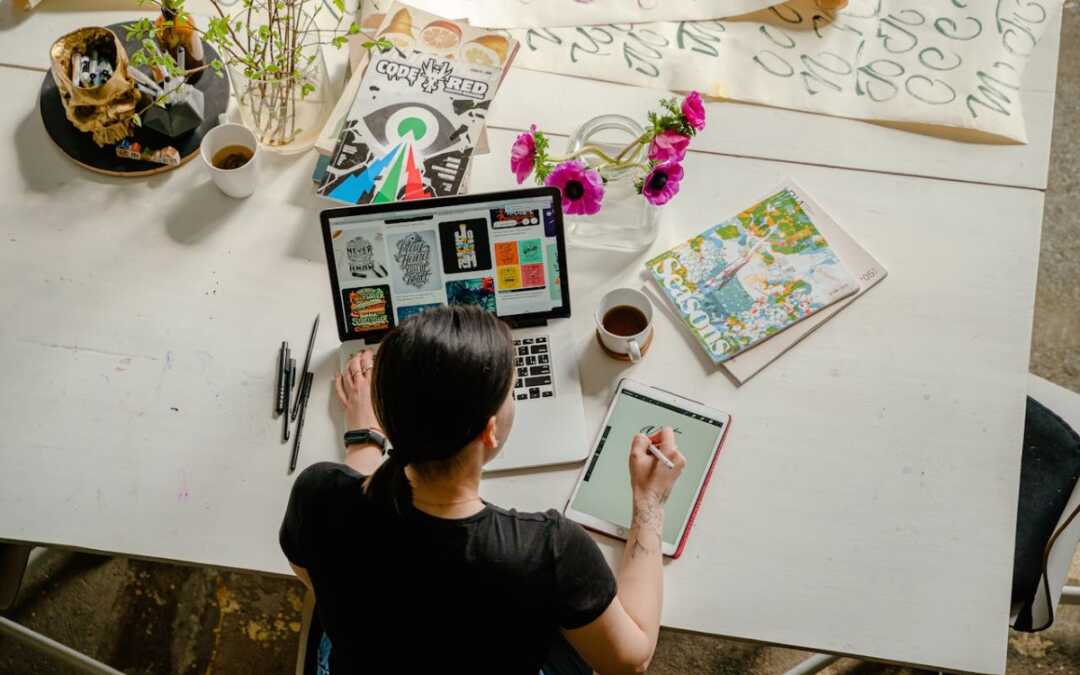Creative Design
Creative design is a multifaceted discipline that combines artistic expression with practical application to produce visually appealing and functional solutions. It encompasses a wide range of fields, including graphic design, product design, web design, interior design, and more. The essence of creative design lies in its ability to convey messages, evoke emotions, and solve problems through innovative and aesthetically pleasing means.
The Importance of Creative Design
In today’s fast-paced and visually driven world, creative design plays a crucial role in various industries. Here are some key reasons why creative design is important:
- Brand Identity: Creative design helps establish a brand’s identity by creating a unique visual language. This includes logos, color schemes, typography, and other design elements that represent the brand’s values and mission.
- User Experience: In web and product design, creative design enhances user experience by making interfaces intuitive and engaging. A well-designed product or website can significantly improve user satisfaction and retention.
- Communication: Creative design serves as a powerful communication tool. It can convey complex ideas and messages in a simple and visually appealing manner, making it easier for audiences to understand and connect with the content.
- Innovation: Creative design encourages innovation by pushing boundaries and exploring new ideas. Designers often experiment with different materials, techniques, and technologies to create unique solutions.
Elements of Creative Design
Creative design is built upon several fundamental elements that work together to create a cohesive and effective design. These elements include:
- Color: Color is one of the most powerful tools in design. It can evoke emotions, create mood, and influence perceptions. Understanding color theory and how to use color effectively is essential for any designer.
- Typography: Typography refers to the style and arrangement of text. The choice of fonts, sizes, and spacing can greatly impact the readability and overall aesthetic of a design.
- Layout: The layout is the arrangement of visual elements on a page or screen. A well-structured layout guides the viewer’s eye and helps convey the intended message clearly.
- Imagery: Imagery includes photographs, illustrations, and graphics used in design. High-quality and relevant imagery can enhance the overall impact of a design.
Creative Design Process
The creative design process typically involves several stages, each of which is crucial for developing effective design solutions. These stages include:
- Research: The first step in the creative design process is to gather information about the project, target audience, and competitors. This research helps designers understand the context and requirements of the design.
- Concept Development: After research, designers brainstorm ideas and develop concepts. This stage often involves sketching and creating mood boards to visualize potential directions.
- Design Execution: Once a concept is chosen, designers begin the actual design work. This may involve using design software to create digital mockups or prototypes.
- Feedback and Revisions: After presenting the initial designs, designers gather feedback from clients or stakeholders. This feedback is used to make necessary revisions and improvements.
- Finalization: The final stage involves polishing the design and preparing it for production or implementation. This may include creating final files, specifications, and guidelines for usage.
Tools and Technologies in Creative Design
Creative designers utilize various tools and technologies to bring their ideas to life. Some of the most commonly used tools include:
- Graphic Design Software: Programs like Adobe Photoshop, Illustrator, and InDesign are essential for creating and editing visual content.
- 3D Modeling Software: For product and industrial design, tools like AutoCAD, SketchUp, and Blender are used to create three-dimensional models.
- Web Design Tools: Designers often use platforms like Adobe XD, Figma, and Sketch for designing user interfaces and prototypes.
Conclusion
Creative design is an integral part of our daily lives, influencing how we interact with products, services, and brands. By combining artistic vision with practical application, creative designers play a vital role in shaping the world around us. Whether through graphic design, product design, or any other form of creative expression, the impact of creative design is profound and far-reaching. As technology continues to evolve, the field of creative design will undoubtedly adapt and grow, offering new opportunities for innovation and expression.


